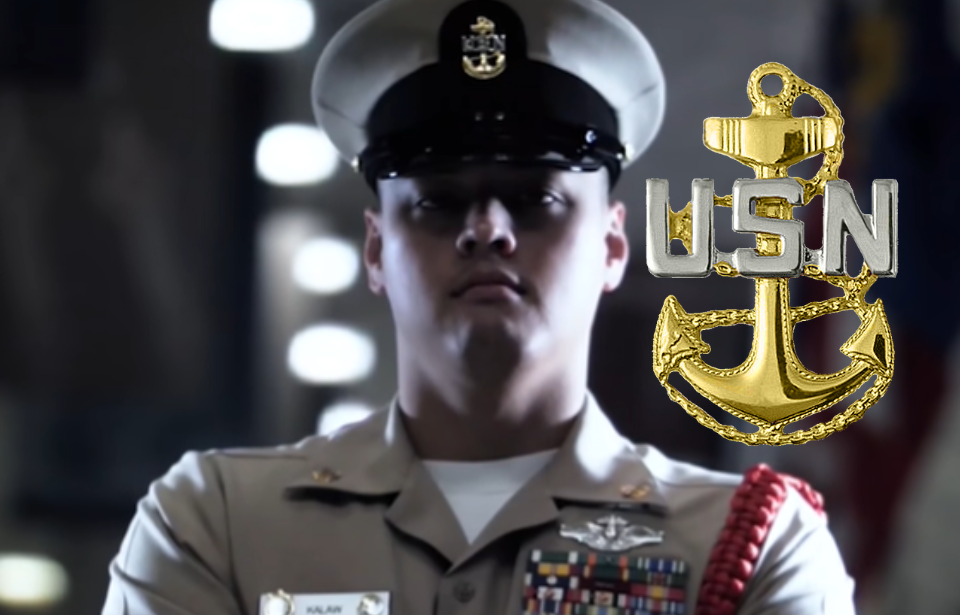The fouled anchor is a symbol most associated with the US Navy. The term “foul” generally refers to something that’s wrong or difficult. However, its use by chief petty officers (CPOs) is something much more positive – it represents their rank and roles within the service.
Emblem for chief petty officers
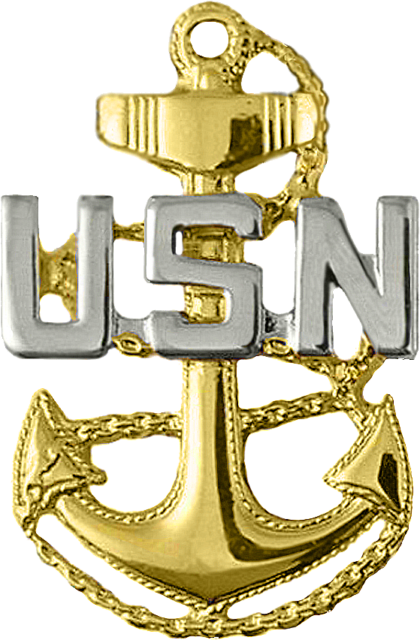
As aforementioned, the fouled anchor represents the roles of chief petty officers within the US Navy. The anchor stands for security and stability, while the rope symbolizes strength and flexibility. The fouled anchor is meant to remind CPOs that no matter the situation, they must complete their tasks.
In many ways, CPOs are the anchors or backbone of the Navy; they’re the connection between officers and enlisted personnel. Trusted by superiors and subordinates, they serve as advocates for sailors, while also providing strong leadership. In many cases, CPOs take the brunt of emotions after having to make difficult decisions, yet remain open to communication and try to do what’s in their sailors’ best interest.
The promotion to CPO is unlike any other in the US military, in that it not only involves a pay increase, but also a slew of new roles and responsibilities. It also gives individuals authority and status aboard Navy vessels.
History of the fouled anchor
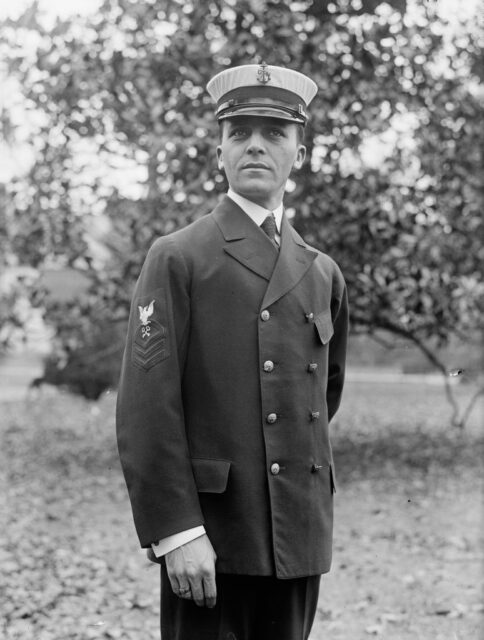
The origins of the fouled anchor date back to the British defeat of the Spanish Armada in 1588. Charles Howard, 1st Earl of Nottingham, also known as Lord Howard of Effingham, was the Lord High Admiral of England at the time and used the symbol as his seal. Even today, the fouled anchor remains the official seal of the position.
The US Navy adopted the fouled anchor during the late 1800s, following the creation of the chief petty officer rank in 1893. It’s meant to represent the various trials and tribulations CPOs face on a daily basis.
Ranking system for chief petty officers
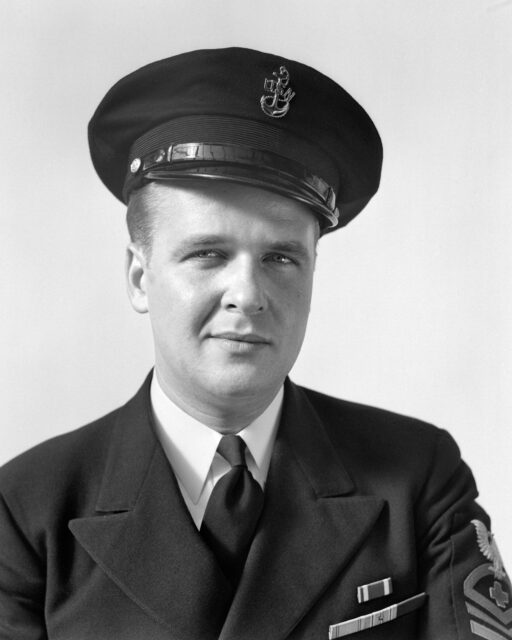
Chief petty officers are ranked by three different levels of leadership. The bottom is the CPO, which entails the first explosion of enhanced roles and responsibilities. This includes training and leadership over a division. Their emblem at this time consists of a gold anchor entwined in rope.
Senior chief petty officers (SCPOs) are next, and their duties include not only those of CPOs. They’re also tasked with providing guidance and leadership to those who hold their previous rank, and must perform administrative duties. A board of master chief petty officers (MCPOs) must approve the advancement, and their fouled anchor emblem features one star.
Next is master chief petty officers, with some serving as command master chief petty officers (CMCPOs) upon the completion of the CMCPO program. They serve as the spokesperson for enlisted personnel who report grievances, and a second star is added to their emblem.
At the top of the chain is the master chief petty officer of the Navy (MCPON). This rank was created in 1967, and only one person, appointed by the chief naval officer, can hold it at a time. The MCPON is the most senior enlisted sailor in the US Navy, and serves as the liaison between enlisted sailors and the chief of naval operations. Their fouled anchor emblem is the only one to sport three stars.
What does ‘USN’ really stand for?
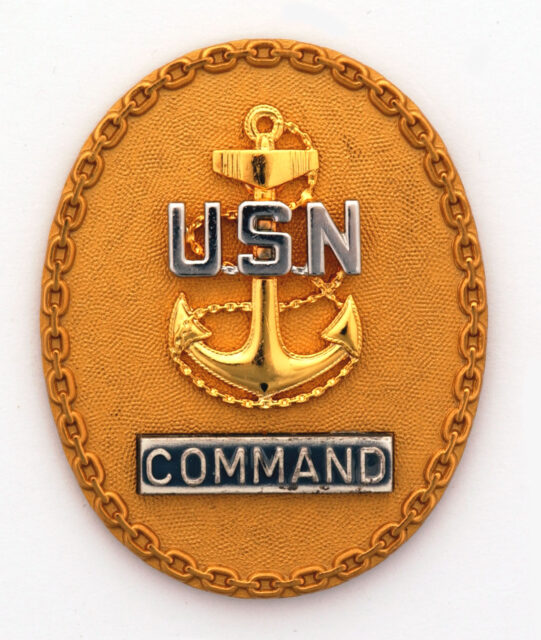
The “USN” that sits underneath the stock of the fouled anchor doesn’t stand for “United States Navy,” as many would believe. Instead, each letter is representative of a value each chief petty officer should exercise daily.
More from us: Retired Navy Adm. Jamie Foggo Rates Warship Battle Scenes from Popular Movies
The “U” stands for “Unity,” and refers to the cooperation of all sailors to ensure the maintenance of harmony, purpose and action. The “S” symbolizes “Service,” for God and Country, and the “N” stands for “Navigation.” CPOs are meant to provide guidance to those who require it. They must be able to navigate any problem, whether by giving answers themselves or seeking a solution elsewhere.
